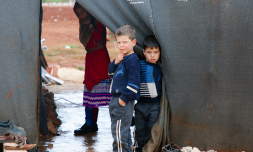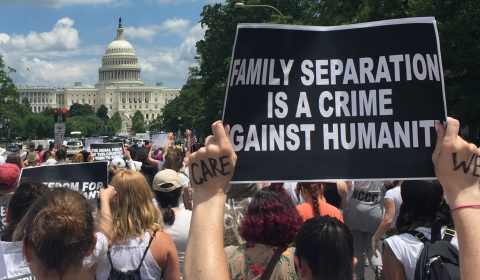A recent study has uncovered the disproportionate impact of COVID-19 on the country’s most vulnerable. It shows stark disparities in the decline of life expectancy across social groups, gender, and age – evidence of how the pandemic has exacerbated existing inequalities nationwide.
Though the pandemic left an indelible mark on societies across the globe, nowhere has its impact on inequality been more evident than in India.
A recent study of data compiled by the National Family Health Survey (NFHS-5) highlights this, uncovering how disproportionately COVID-19 has affected the country’s most vulnerable, widening pre-existing social and economic gaps.
To come to this conclusion, researchers conducted the first-ever comprehensive analysis of mortality rates across various demographics in India using high-quality empirical records from the NFHS-5.
Their findings paint a concerning picture of how significantly the pandemic has deepened societal divides, with marginalised communities suffering the highest declines in life expectancy.
As revealed, India’s overall life expectancy in 2020 plummeted by 2.6 years compared to 2019.
The Muslim population has been the hardest hit, witnessing a dramatic decline of 5.4 years – more than four times that of higher-caste Hindus, who saw a decline of just 1.3 years.
Adivasis (scheduled tribes) and Dalits (scheduled castes) have also suffered disproportionately, with respective declines in life expectancy of 4.1 and 2.7 years.
This is comparable and/or far higher than that of Native Americans, Black people, and Hispanics in the United States during the same year.
It draws attention to long-standing social and economic inequalities in India that have left marginalised communities much more at-risk during global health emergencies.
The issue extends beyond caste and religious lines, however, with gender disparities also rife.
Indian women have seen a decline in life expectancy one year greater than that of men.
This disparity was observed across various social groups, with the exception of Adivasi women.
As researchers confirm, gender inequality worsened during the pandemic.




















